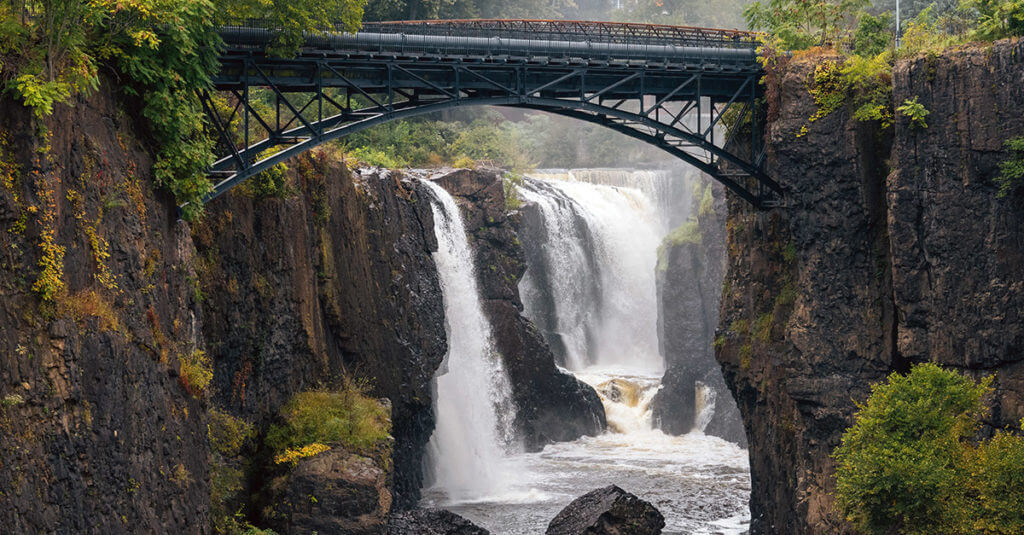
Great Falls National Park in Paterson
The northeast in general, and New Jersey specifically, is filled with cities from a long-forgotten era of industrial prosperity that are poised to lead in the impending economic shift. The recent efforts to revitalize these markets in light of skyrocketing costs and saturation in primary and secondary markets are actually accelerating rather than slowing as a result of the recent pandemic.
Why? A rapid deceleration of the economy, growth in under-employment, and a need to find more affordable housing makes these markets incredibly relevant. The increasing flight from higher real estate costs and tighter urban density to lower cost locales where new and more innovative approaches to balancing living, working, shopping, and playing are poised to spring to life is not only likely now, but inevitable.
Nowhere is this more apparent than in Paterson, New Jersey, a city incredibly rich in history and primed for a resurgence.
Paterson historically was an industrial powerhouse. What other city can claim the title of being the first planned industrial center in the United States? From its founding in 1792 by Alexander Hamilton himself, the Great Falls of the Passaic River in Paterson powered factories and mills in this early manufacturing powerhouse of a city. Firearms, locomotives, custom furniture, and later silk were some of the key products manufactured there. In fact, the city became so known for its silk mills it earned the nickname “Silk City”.
The Great Falls of the Passaic river are part of Great Fall National Park. The 77-foot falls are the second largest east of the Mississippi River, second only to Niagara Falls. The park surrounding the falls is also the location of Hinchcliffe Stadium, one of the few remaining Negro League baseball stadiums.
Paterson is also an incredibly diverse city, with immigrant populations hailing from the Dominican Republic, Peru, Mexico and Colombia primarily, but also a large concentration of individuals of Arab descent. In fact, the southern end of the city is home to one of the highest concentrations of Arab-Americans in the country. This cultural mix has created a concentration of authentic cultural cuisine that attracts many from outside of the city.
The current pandemic has stoked concerns about the US relying so heavily on imported goods amid uncertainty in supply chains. Paterson’s history of manufacturing, supply of large manufacturing sites, and readily available workforce provide a strong foundation for a resurgence in local manufacturing. Paterson can once again become a leader and trend-setter for other once-great cities, bringing much needed industry and economic opportunity to the city, and benefiting the country as a whole.
While the city still faces many challenges, politically and socio-economically, its potential and nascent development efforts merit close observation. The potent combination of value, proximity to mass transit, and unique local attractions are destined to make Paterson the next great success story.
Back to all posts